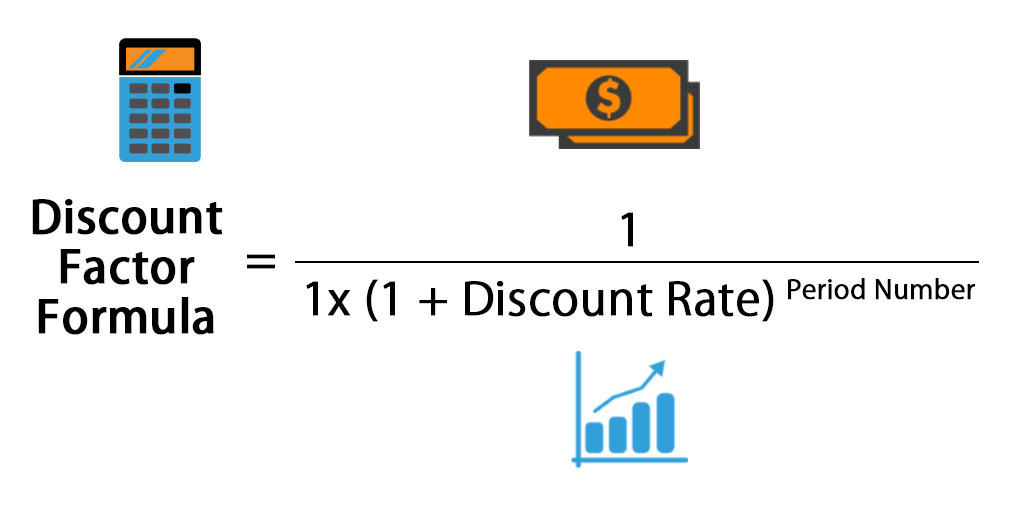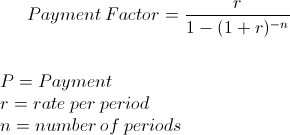

Then, enter the coefficients of the terms of the equation in the corresponding boxes of the calculator. While in the incomplete `b` or `c` is missing or both. The complete second degree equation has the 3 coefficients: `a`, `b`, `c` and can be written in the form `ax^2+bx+c=0`. To solve this equation, start by trying to identify whether it is a complete or incomplete second degree equation. After this step, you have a second degree equation where the second member is zero. Whilst the Bradford Factor can be an efficient way of monitoring absence, it’s worth bearing in mind that it’s just a calculation – it doesn’t take into account the reasoning behind absences and so shouldn’t be used in isolation.To find out the roots (zeros) of a second degree function, start by placing that function in canonical form (simplifying as much as possible) and making it equal to zero. With Bradford Factor scores already in the system, you can run insightful reports in a flash to identify employees that are frequently absent, as their scores will typically be higher.
Factor equation calculator software#
If you use an HR software that contains absence management functions – such as Breathe – the system will calculate your employees’ Bradford Factors for you, making life ten-times easier when it comes to monitoring absences. 3 bouts of absence: 3 instances x 3 instances x 7 total days off.2 bouts of absence: 2 instances x 2 instances x 7 total days off.1 bout of absence: 1 instance x 1 instance x 7 total days off.Her Bradford Factor score will depend on how many blocks of absence she's taken. Let's say Lucy has had a total of 7 days off sick in the last year. D = the total number of days absent in a 52-week periodĮxamples of Bradford Factor calculations?Īs you may have noticed from the formula, an employee who takes frequent, short spells of sickness will rack up a higher Bradford Factor than an employee who has less bouts of sickness but tends to take more days off each time.


Here’s the formula behind the Bradford Factor.

How is The Bradford Factor calculated?Īt this point you’re probably wondering where on earth this number comes from. The bigger the score, the bigger the impact. By monitoring your employees’ absence, The Bradford Factor helps to measure the potential impact it could have on the overall running of the business. Generally, the rule is that the number increases with each bout of absence. It's a number that represents how many un-planned absences an employee has taken during the last working year. The Bradford Factor is a formula commonly used in HR to measure employee absence. Fear not - in this article we’ll help you understand what the Bradford Factor is and equip you with everything you’ll ever need to know about it. The Bradford Factor is a useful way of doing this - and many businesses out there already make use of it.Īs with all things numbers, at first The Bradford Factor can seem a little confusing. So, monitoring absence clearly makes a lot of business-sense. If other members of the team are having to cover the extra workload, it can lead to them feeling stressed and unhappy at work: a classic recipe for declining productivity and engagement. Issues with absence affect other employees. By monitoring an employee's un-planned absence, you’ll be able to notice patterns and nip any potential problems in the bud before they get out of hand. Our research found that, in the last year, 34% of employees took 1 to 3 sick days, 13% took between 4 and 10 sick days and 51% say they didn’t take any sick days at all.īut, however long an employee is off work for, it's important to keep tabs on their absence.


 0 kommentar(er)
0 kommentar(er)
